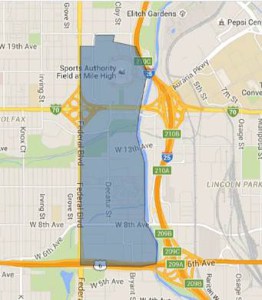NORTH DENVER — “The Denver Dry Goods: Where Colorado Shopped with Confidence” (The History Press, 2017) is the fifth book by NW Denver historian Mark Barnhouse. The book explores eleven decades of history and memories of the downtown department store that Denverites knew simply as “The Denver.” Barnhouse’s second department store book follows his earlier […]
The post Local historian Mark Barnhouse “departmentalizes” Denver appeared first on North Denver Tribune.
